A Guide to Teaching Kids Papercraft and Origami
Teaching kids the art of papercraft and origami can be one of the most rewarding experiences for both the child and the instructor. Imagine a world where children transform simple sheets of paper into intricate designs and delightful creations, all while developing essential skills. This journey not only ignites their creativity but also enhances their fine motor skills and problem-solving abilities. As they fold, cut, and glue, they learn to focus, exercise patience, and express themselves artistically. But how do you get started? What techniques should you employ to ensure that the experience is both educational and fun? In this guide, we will explore effective methods for teaching children these fascinating crafts, highlight the benefits, and suggest engaging projects that will keep their imaginations soaring.
Engaging in papercraft offers numerous benefits for children, including improved dexterity, enhanced creativity, and the development of problem-solving skills. It also encourages patience and focus, essential qualities for lifelong learning. When kids manipulate paper, they learn to coordinate their hand movements, which is crucial for tasks like writing and drawing. Moreover, the act of creating something from scratch can boost their self-esteem and give them a sense of accomplishment. Can you remember the joy of creating something unique? That’s the feeling you want to instill in your child!
Before diving into the wonderful world of papercraft, it’s important to gather the right tools and materials. Having the right supplies can make all the difference in a child's crafting experience. Here’s what you’ll need:
- Paper: Various types including construction paper, origami paper, and recycled paper.
- Scissors: Safety scissors are a must for younger children.
- Glue: A good quality glue stick or liquid glue.
- Markers and Crayons: For decorating their creations.
- Ruler and Pencil: For measuring and marking paper.
With these tools in hand, children can unleash their creativity and bring their ideas to life.
Different types of paper can yield varying results in papercraft. Here, we discuss the best paper choices for children, highlighting their unique properties and how they can affect the final product. For instance, construction paper is great for bold colors and sturdy projects, while origami paper is thinner and easier to fold, making it ideal for intricate designs. Each type of paper has its own charm and can inspire different kinds of creativity.
Using recycled materials in papercraft not only promotes sustainability but also sparks creativity. Everyday items like old magazines, cereal boxes, and wrapping paper can be transformed into beautiful art projects. Encourage kids to look around their homes for materials that can be repurposed into something new. This not only teaches them about recycling but also encourages resourcefulness. Imagine turning a simple cereal box into a vibrant puppet or a magazine page into a colorful collage!
Specialty papers, such as origami paper or textured cardstock, can elevate a child's project. These papers often come in a variety of colors and patterns, providing endless possibilities for creativity. When selecting the right type for specific crafts, consider the project’s complexity and the child’s skill level. For example, if they are just starting with origami, choose lighter, thinner paper that’s easier to fold. The right paper can make a world of difference in the final result!
This section provides a range of step-by-step project ideas that are perfect for beginners. Each project is designed to be fun and engaging, helping kids to develop their skills progressively. From creating simple paper airplanes to crafting intricate origami animals, the possibilities are endless. Each project can be a stepping stone, helping children gain confidence as they master new techniques.
Effective teaching techniques can make a significant difference in how children learn papercraft. Incorporating fun and interactive methods ensures that kids grasp concepts while having a blast. One technique is to use demonstrations where you show them each step while they follow along. This visual aid often makes it easier for them to understand complex folds or cuts.
Interactive learning approaches, such as group projects or hands-on demonstrations, can enhance children's understanding of papercraft. Encourage collaboration by having kids work together on a larger project. This not only fosters teamwork but also allows them to learn from one another. Think of it as a crafting party where each child contributes their unique skills and ideas!
Encouraging kids to express their creativity is vital in papercraft. Allow them to experiment with colors, shapes, and techniques. Provide them with the freedom to create without strict guidelines. This can be as simple as saying, “Make something that represents your favorite animal” or “Create a card for a friend.” These prompts can inspire a flood of ideas and help children develop their unique artistic style through various projects.
Q1: What age is appropriate to start teaching kids papercraft?
A1: Kids can start engaging in simple papercraft activities as early as 3 years old, with supervision. As they grow older, you can introduce more complex projects.
Q2: How long should a papercraft session last?
A2: For younger children, sessions of 30-45 minutes are ideal, while older kids can handle longer sessions of up to an hour or more.
Q3: Can papercraft help with learning other subjects?
A3: Absolutely! Papercraft can enhance skills in math (measuring), science (understanding materials), and even language arts (storytelling through crafts).
Q4: What if my child gets frustrated with a project?
A4: It's important to encourage them and remind them that every artist faces challenges. Suggest taking a break or trying a simpler project to build their confidence.
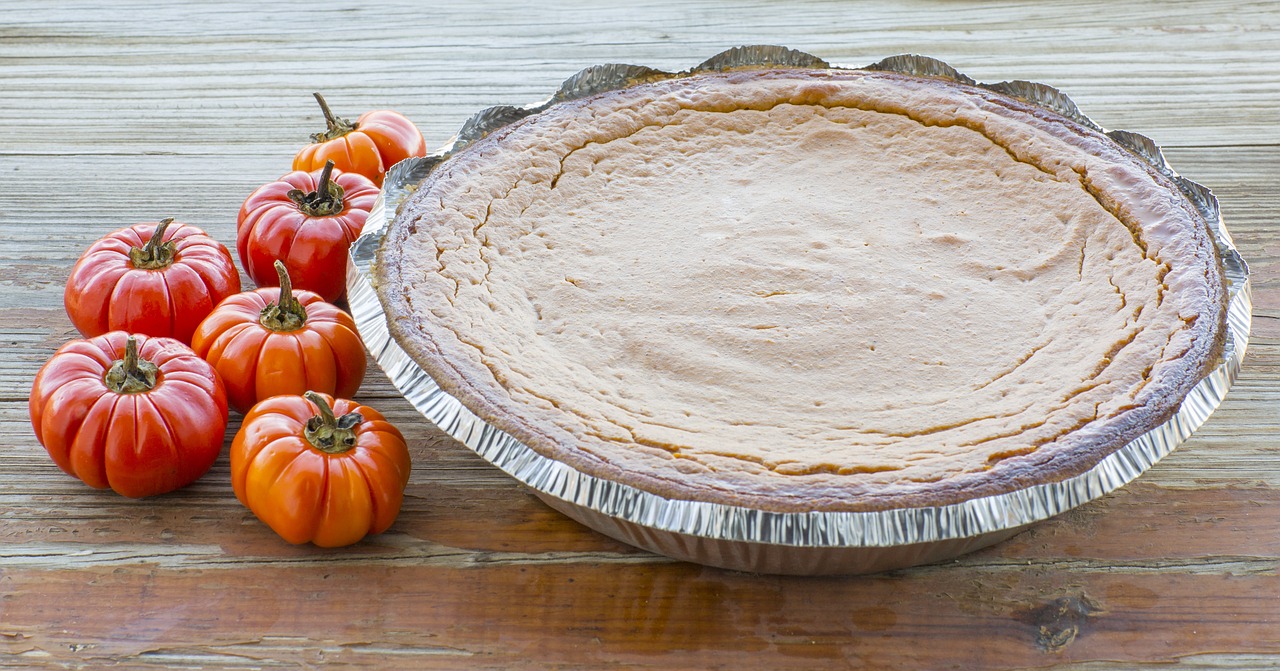
Benefits of Papercraft for Kids
Engaging in papercraft offers a treasure trove of benefits for children, making it an invaluable activity for their development. Imagine a world where kids not only create art but also enhance their fine motor skills and problem-solving abilities while having fun! When children fold, cut, and glue paper, they are not just making crafts; they are building a foundation for essential life skills.
One of the most significant advantages of papercraft is the improvement in dextrous skills. As children manipulate paper, they learn to control their hand movements, which is crucial for tasks like writing and using tools. This hands-on activity requires concentration and precision, helping to hone their coordination. Furthermore, the very act of creating something from a simple sheet of paper fosters a sense of accomplishment, boosting their self-esteem and encouraging them to take on new challenges.
Moreover, papercraft is a fantastic outlet for creativity. Kids can let their imaginations run wild, experimenting with colors, shapes, and designs. This creative expression is not just about aesthetics; it allows children to explore their thoughts and feelings, providing a healthy way to process emotions. When they see their ideas come to life, it ignites a passion for creating, which can lead to lifelong interests in art and design.
In addition to creativity, papercraft also nurtures problem-solving skills. As children encounter challenges in their projects—like figuring out how to make a paper airplane fly or how to construct a 3D model—they learn to think critically and devise solutions. This trial-and-error process is vital for cognitive development, teaching kids that mistakes are a natural part of learning. They begin to understand that persistence pays off, which is a lesson that extends far beyond the craft table.
Furthermore, engaging in papercraft encourages patience and focus. In our fast-paced world, these qualities can be hard to come by, but when kids are immersed in a project, they learn to concentrate on the task at hand. They discover the rewards of taking their time to create something beautiful, which can be a refreshing break from the instant gratification often found in digital entertainment.
To summarize, the benefits of papercraft for kids are numerous and impactful:
- Improved dexterity through hands-on manipulation of materials.
- A boost in self-esteem from completing projects.
- Enhanced creativity and self-expression.
- Development of problem-solving skills through trial and error.
- Increased patience and focus during crafting activities.
By introducing children to the world of papercraft, we are not just teaching them how to create; we are equipping them with skills that will serve them well in life. So, gather those papers, scissors, and glue, and watch as kids transform simple materials into extraordinary creations!

Essential Tools and Materials
Before embarking on the exciting journey of papercraft, it's crucial to gather the right tools and materials. Having everything ready not only makes the process smoother but also enhances the overall experience for kids. Imagine trying to build a sandcastle without sand or water—it just wouldn't work! Similarly, the right supplies can make all the difference in your child's creative projects.
First and foremost, you’ll need a variety of paper types. Regular printer paper is a great starting point, but don't overlook the magic of colored paper, construction paper, and even patterned scrapbook paper. Each type brings its own flair to projects, allowing children to explore textures and colors. For instance, using colored paper can add vibrancy to their creations, while textured paper can introduce tactile elements that make the final product more engaging.
In addition to paper, a few basic tools are essential for any papercraft endeavor. Here’s a quick rundown of what you might need:
- Scissors: A good pair of child-safe scissors is a must. They empower kids to cut out shapes and designs, promoting fine motor skills.
- Glue: Whether it’s glue sticks or liquid glue, having an adhesive is vital for sticking pieces together. It’s like the magic potion that brings their creations to life!
- Pens and Markers: These are perfect for adding details, drawing patterns, or even writing little notes on their creations.
- Ruler: A ruler helps kids measure and create straight lines, which is especially useful for more intricate designs.
Moreover, don’t forget about cutting mats or a safe work surface. This not only protects your table but also allows for easier cutting and crafting. It's like laying down a comfy blanket before a picnic—the right setting makes everything better!
Another exciting aspect of papercraft is the use of recycled materials. Items like old magazines, cardboard boxes, and wrapping paper can be transformed into stunning art projects. This not only teaches kids about sustainability but also encourages them to think outside the box, literally! Imagine turning a cereal box into a colorful puppet theater or using magazine clippings for a collage. The possibilities are endless!
Lastly, consider investing in some specialty papers for those projects that need a little extra flair. Origami paper, for example, is thinner and comes in various colors and patterns, making it ideal for folding projects. Textured cardstock can add depth to greeting cards or scrapbooks. Choosing the right paper can elevate a simple project into something truly spectacular, much like how a sprinkle of glitter can transform a plain cake into a showstopper!
In summary, gathering the essential tools and materials is the first step toward unleashing your child's creativity in papercraft. With the right supplies at hand, they’ll be well on their way to crafting unique and beautiful projects that not only entertain but also educate. So, get ready to dive into the world of papercraft and watch as their imaginations soar!
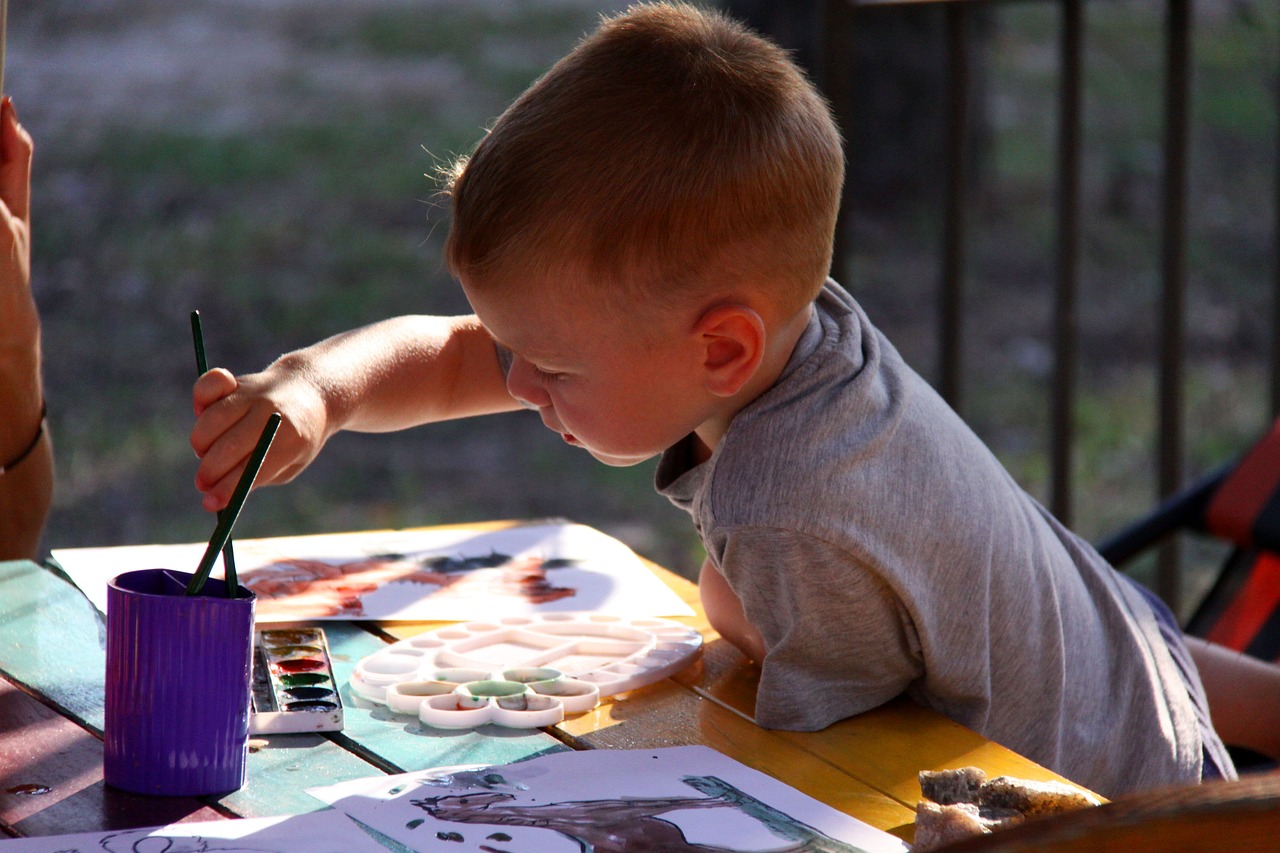
Types of Paper for Projects
When it comes to papercraft and origami, the type of paper you choose can significantly influence the outcome of your projects. Different papers have unique properties that can either enhance or limit your creativity. For children, selecting the right paper is essential not just for the final product, but also for the learning experience. Here’s a closer look at some of the most suitable types of paper for kids’ papercraft projects.
First up, we have standard printer paper. This is a go-to choice for many beginners because it's readily available and easy to work with. Kids can practice basic folds and cuts without the fear of wasting expensive materials. However, it’s important to note that while printer paper is great for practice, it may not hold intricate shapes or designs as well as some specialty papers.
Next on the list is origami paper, which is specifically designed for folding. Origami paper is typically thinner and comes in a variety of colors and patterns, making it perfect for creating beautiful designs. Its lightweight nature allows for crisp folds and intricate details, which can really bring a child's imagination to life. Plus, the vibrant colors can make the projects visually appealing, encouraging kids to explore different designs.
Another fantastic option is textured cardstock. This type of paper is thicker and sturdier than standard paper, which allows for more complex structures. Textured cardstock can add a unique touch to projects, giving them depth and character. However, it requires a bit more effort when it comes to folding, so it's best suited for children who have some experience with papercraft.
Don’t overlook the potential of recycled materials! Using old magazines, newspapers, or cardboard can be a fun way to teach kids about sustainability while they create. Not only does this practice encourage resourcefulness, but it also allows children to think outside the box. For instance, a simple cereal box can be transformed into a colorful sculpture or a card. The possibilities are endless when you let your imagination run wild!
Lastly, there are specialty papers like metallic or glitter paper that can add a touch of magic to any project. These papers can be more challenging to work with due to their thickness or texture, but they can make any creation stand out. Imagine a shimmering origami star or a glittery greeting card! While these papers can elevate a project, they should be used sparingly to avoid overwhelming the child with too many options at once.
To summarize, the choice of paper can greatly affect a child’s experience in papercraft. Here’s a quick comparison of the types of paper discussed:
| Type of Paper | Best For | Characteristics |
|---|---|---|
| Standard Printer Paper | Basic practice | Easy to use, widely available |
| Origami Paper | Folding projects | Thin, colorful, crisp folds |
| Textured Cardstock | Complex structures | Thicker, adds depth |
| Recycled Materials | Creative projects | Encourages sustainability, resourcefulness |
| Specialty Papers | Eye-catching designs | Metallic, glittery, unique textures |
Choosing the right type of paper is just as important as the project itself. It can spark creativity, enhance learning, and make the experience enjoyable for kids. So, gather a variety of papers and let your child's imagination soar!
Q: What is the best paper for beginners in papercraft?
A: Standard printer paper is a great choice for beginners as it is easy to handle and allows for practice without the fear of wasting materials.
Q: Can recycled materials be used for origami?
A: Yes! Recycled materials can be a fun and creative way to make origami and other papercraft projects. They encourage resourcefulness and creativity.
Q: What type of paper is best for intricate designs?
A: Origami paper is ideal for intricate designs as it is specifically made for folding and comes in various colors and patterns.
Q: Are specialty papers worth the investment?
A: Specialty papers can elevate projects and add a unique touch, but they should be used sparingly, especially for younger children who are still mastering their skills.
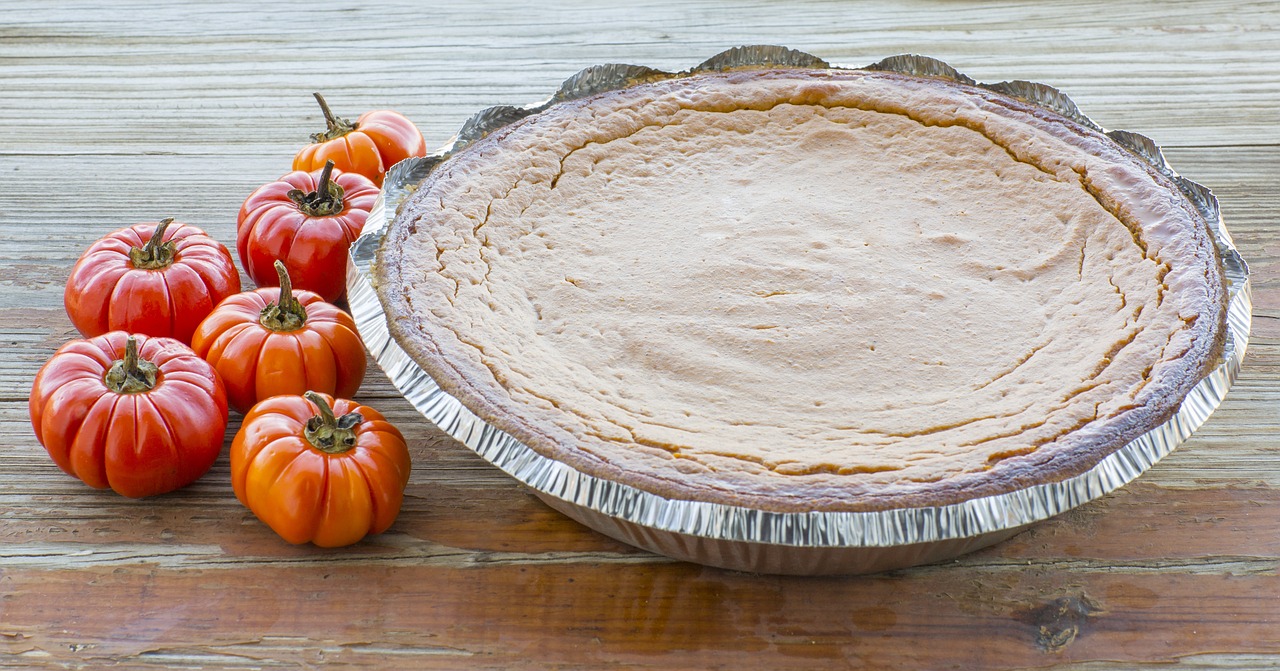
Recycled Materials
Using in papercraft is not only a fantastic way to promote sustainability, but it also opens up a world of creativity for kids. Imagine transforming something as mundane as an empty cereal box or a roll of toilet paper into a stunning piece of art! By encouraging children to look at everyday items through a creative lens, we help them develop resourcefulness and an appreciation for the environment.
Kids can use a variety of recycled materials to create unique projects. Here are some common items that can be repurposed:
- Cardboard: Perfect for constructing 3D models, cardboard can be cut, folded, and painted to create anything from animals to buildings.
- Old Magazines: These can be used for collages or to create colorful paper beads, adding a vibrant touch to any project.
- Plastic Bottles: With a little creativity, these can become planters, sculptures, or even fun toys.
- Wrapping Paper: Leftover wrapping paper can be cut into shapes or used to create new greeting cards, ensuring nothing goes to waste.
One of the best parts about using recycled materials is that it encourages kids to think outside the box. Instead of seeing waste, they learn to see potential. For instance, a simple cardboard box can turn into a spaceship, a house, or even a treasure chest with just a few cuts and some imagination. This not only enhances their fine motor skills as they cut, glue, and assemble, but it also fosters a sense of accomplishment when they see what they’ve created.
Moreover, integrating recycled materials into projects can lead to discussions about environmental responsibility. It’s a wonderful opportunity to teach children about the importance of reducing waste and reusing materials, making them more conscious of their impact on the planet. This awareness can inspire them to continue crafting in an eco-friendly way, even as they grow older.
In conclusion, incorporating recycled materials into papercraft projects is a win-win for children. Not only do they get to unleash their creativity and hone their crafting skills, but they also learn valuable lessons about sustainability and resourcefulness. So the next time you’re about to toss something in the trash, consider how it could become a masterpiece in the hands of a young artist!
Q1: What types of recycled materials are best for beginners?
A1: Cardboard, old magazines, and wrapping paper are fantastic starting points as they are easy to handle and versatile for various projects.
Q2: How can I encourage my child to be more creative with recycled materials?
A2: Provide them with a variety of materials and let them experiment without strict guidelines. Encourage them to come up with their own ideas and solutions!
Q3: Are there any safety considerations when using recycled materials?
A3: Always supervise children when using scissors or glue, and check materials for any sharp edges or small parts that could pose a choking hazard.
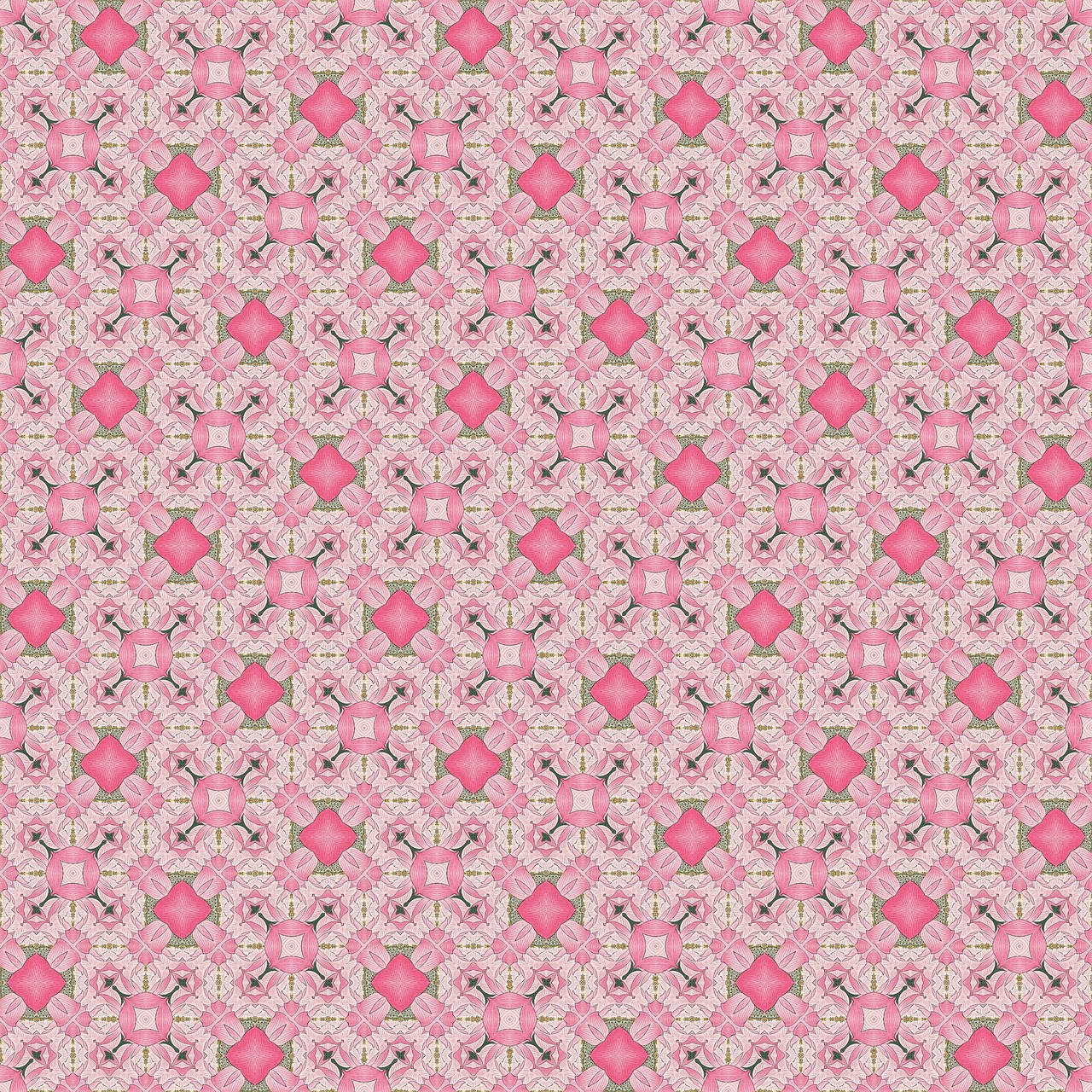
Specialty Papers
When it comes to papercraft and origami, the choice of paper can truly make or break a project. are designed to elevate your child's creations, adding unique textures and colors that standard paper simply can't match. Think of specialty papers as the secret ingredients in a recipe; they can transform a simple dish into a gourmet meal. So, what types of specialty papers should you consider for your young artists? Let's dive in!
Firstly, origami paper is a must-have for any budding folder. This lightweight paper comes in various colors and patterns, making it perfect for intricate designs. Its ability to hold creases well allows for sharp, clean folds, which is essential when creating detailed origami figures. Plus, the vibrant colors can inspire creativity and excitement in children as they see their designs come to life.
Another fantastic option is textured cardstock. This type of paper adds a tactile dimension to projects, making them not only visually appealing but also interesting to touch. Children can experiment with different textures, such as linen or embossed patterns, to create cards, scrapbooks, or even three-dimensional models. Imagine the joy on their faces as they discover how these textures can enhance their artwork!
Additionally, there are metallic and glitter papers that can add a touch of sparkle to any project. These papers can be particularly exciting for kids who enjoy a bit of bling in their crafts. Whether it's a shimmering star for a night sky scene or a glittery butterfly, the possibilities are endless. Just remember to supervise the use of these materials, as they can get a bit messy!
Finally, don’t overlook the use of specialty papers for specific themes. For instance, there are themed papers designed for holidays, such as Halloween, Christmas, or birthdays. These can serve as a fantastic backdrop for seasonal crafts, encouraging kids to explore their creativity while celebrating different occasions. Using themed papers can also help in creating personalized greeting cards, decorations, or gifts, adding a personal touch that family and friends will appreciate.
In summary, incorporating specialty papers into your child's papercraft projects can significantly enhance their creativity and artistic expression. By exploring different types of specialty papers, children can learn about textures, colors, and the overall impact that paper choice has on their creations. So, gather some specialty papers and watch as your child's imagination takes flight!
Q: What is the best type of paper for beginners in origami?
A: For beginners, it’s best to start with origami paper, as it is lightweight and easy to fold. It also comes in various colors and patterns, which can make the learning process more enjoyable.
Q: Can I use regular printer paper for papercraft?
A: Yes, regular printer paper can be used for papercraft, but it may not hold creases as well as specialty papers. It’s great for practice, but specialty papers can enhance the final product.
Q: Where can I find specialty papers?
A: Specialty papers can be found at craft stores, online retailers, or even local stationery shops. Many stores offer a variety of options, so you can choose the best fit for your projects.
Q: Are there eco-friendly specialty papers available?
A: Absolutely! Many brands offer recycled specialty papers that are both eco-friendly and beautiful. These papers can inspire kids to think about sustainability while enjoying their crafting activities.
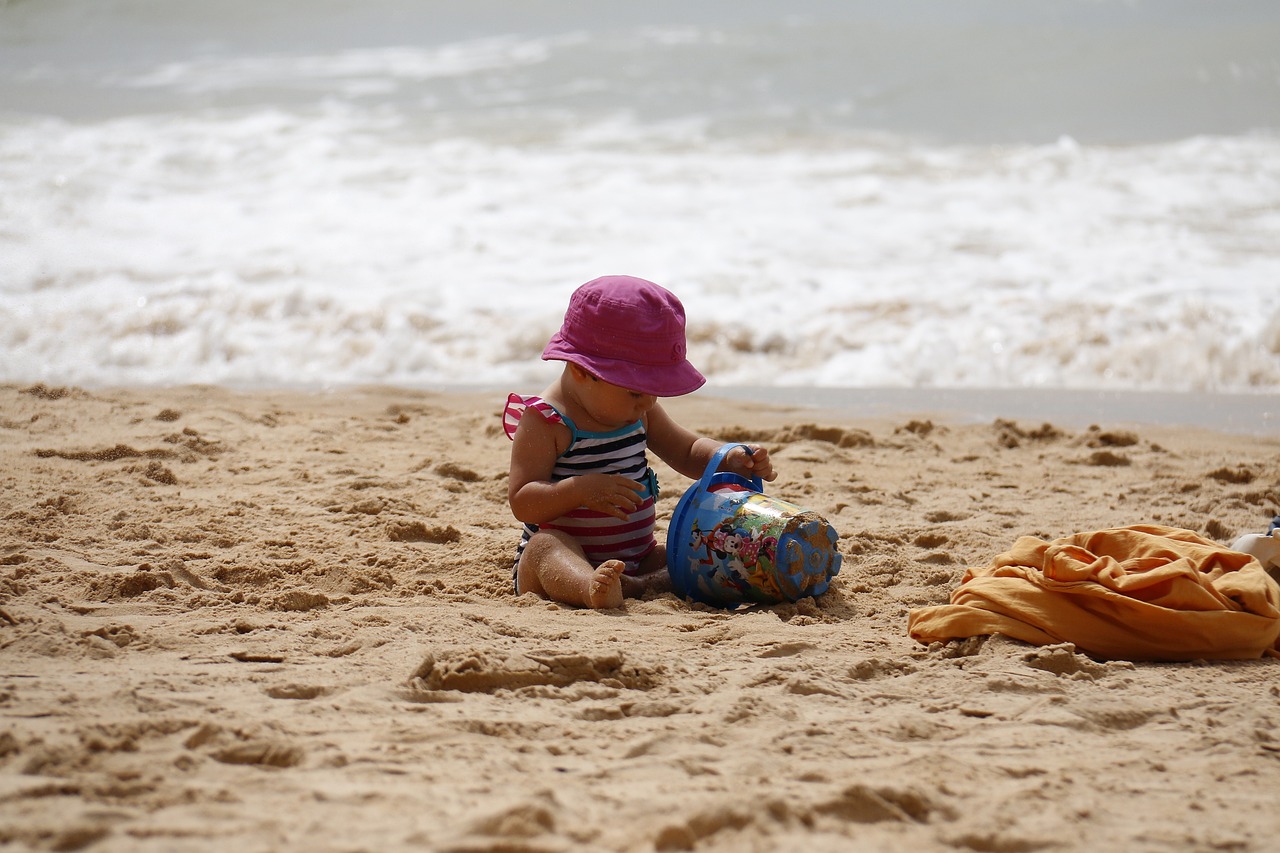
Step-by-Step Project Ideas
When it comes to teaching kids the art of papercraft, nothing beats the thrill of diving into creative projects that are both fun and educational. Here are some engaging project ideas that can captivate young minds while enhancing their skills. Each project is designed to be simple enough for beginners, yet challenging enough to keep them interested. So, grab your supplies, and let’s get started!
1. **Paper Flowers**: Creating paper flowers is a delightful way for children to explore color and shape. Start with a square piece of colored paper. Fold it in half diagonally, then in half again to form a smaller triangle. From there, cut the edges of the triangle into rounded shapes to create petals. Once cut, unfold the paper to reveal a beautiful flower. Kids can use different colors and sizes to create a whole bouquet!
2. **Origami Animals**: Origami is a fantastic introduction to the world of papercraft. Begin with simple designs like a paper crane or a frog. Use origami paper for the best results, as it’s thin and easy to fold. There are countless tutorials available online, and following these step-by-step instructions can be a fun challenge for kids. Plus, they can decorate their creations with markers or stickers for a personal touch!
3. **Paper Mache Projects**: Paper mache is an exciting technique that allows children to create three-dimensional objects. Start with a balloon as a base. Tear strips of newspaper and dip them in a mixture of glue and water. Layer these strips over the balloon until it’s fully covered. Once dry, pop the balloon and paint the outside to create a unique sculpture! This project not only fosters creativity but also teaches kids about patience as they wait for the layers to dry.
4. **DIY Greeting Cards**: Making personalized greeting cards is a fantastic way for kids to express their feelings. Provide them with blank cards or folded cardstock. They can use markers, stickers, and cut-out shapes to decorate the cards for various occasions. This project encourages kids to think about their message and design, making it a thoughtful gift for friends and family.
5. **3D Paper Models**: For those looking to challenge their skills, creating 3D paper models can be incredibly rewarding. Kids can start with simple shapes like cubes or pyramids and gradually move to more complex structures like buildings or vehicles. Using templates available online, they can trace and cut out the shapes, then fold and glue them together to create stunning models. This project not only enhances fine motor skills but also teaches spatial awareness.
Each of these projects can be adapted to suit various age groups and skill levels. As children work on these crafts, be sure to encourage them to explore their creativity and add their unique flair to each project. The joy of seeing their ideas come to life will keep them engaged and excited about papercraft!
Q: What age is appropriate for kids to start papercraft?
A: Generally, children can start engaging in simple papercraft activities as early as 4 years old with supervision. As they grow older, they can tackle more complex projects.
Q: How can I make papercraft more engaging for my child?
A: Incorporate themes they love, such as their favorite animals or characters, and encourage them to personalize their projects with colors and decorations.
Q: What if my child gets frustrated with a project?
A: It’s important to remind them that mistakes are part of the learning process. Encourage them to take breaks and return with a fresh perspective. Celebrate their efforts, no matter the outcome!
Q: Are there any safety concerns with papercraft?
A: Always supervise young children when using scissors or glue. Opt for child-safe materials and tools to ensure a safe crafting experience.
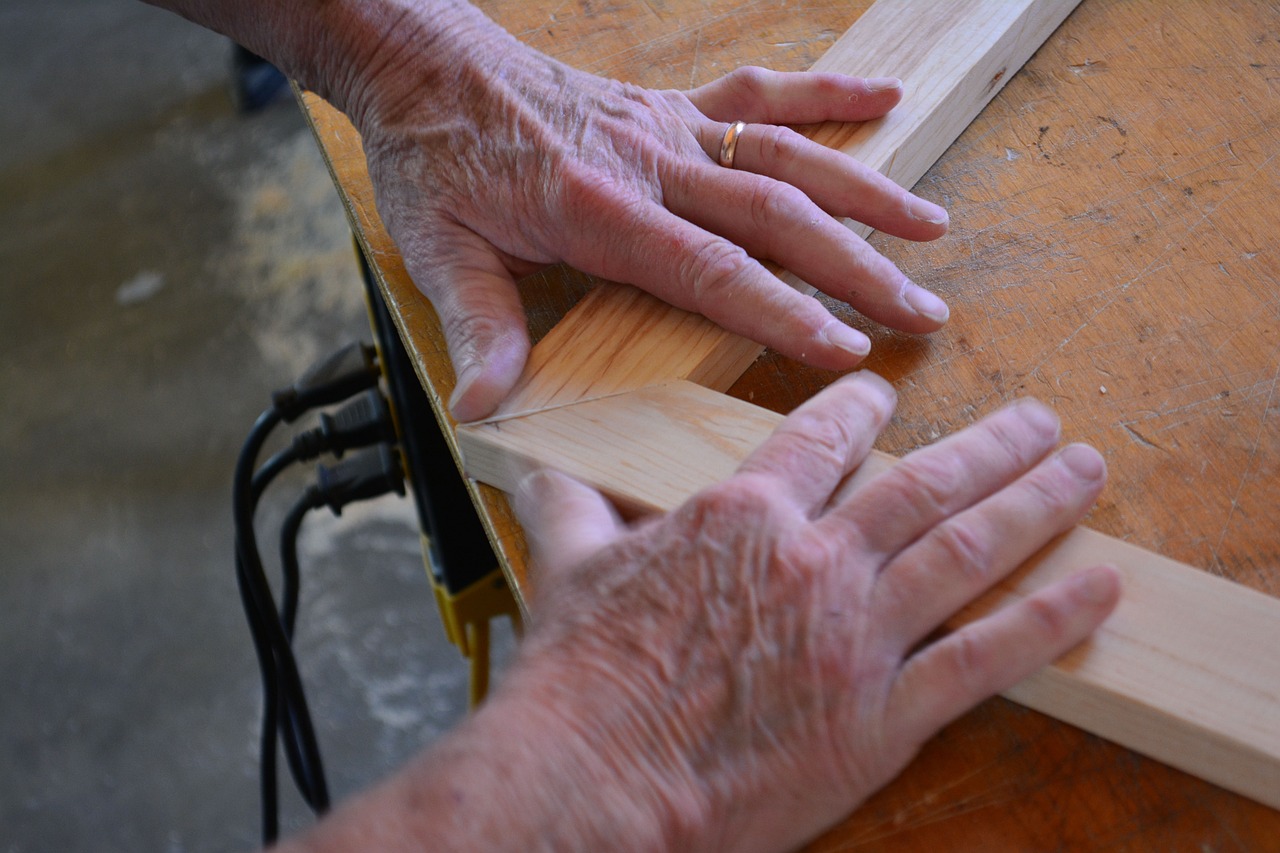
Teaching Techniques for Kids
When it comes to teaching kids the art of papercraft and origami, the approach you take can make all the difference. Engaging children in a way that resonates with their natural curiosity and creativity is essential. One of the most effective techniques is to incorporate interactive learning methods. This means moving beyond traditional teaching styles and embracing activities that require hands-on participation. For instance, consider organizing group projects where children can work together to create larger pieces of art. This not only fosters teamwork but also allows them to share ideas and inspire each other.
Another technique to enhance learning is through demonstration and imitation. Kids are naturally inclined to mimic what they see. By demonstrating a simple papercraft project, you can capture their attention and provide them with a clear visual guide. As they watch you fold, cut, and glue, they’ll gain a better understanding of the process. After the demonstration, encourage them to replicate what they’ve seen. This method can be particularly effective for younger children who may struggle with verbal instructions.
In addition to demonstrations, incorporating storytelling into your lessons can captivate their imagination. For example, as you introduce a new papercraft project, weave in a story about the origins of origami or the significance of the shapes they are about to create. This narrative approach can make the craft feel more meaningful and exciting, turning an ordinary lesson into an adventure. Kids love stories, and tying them to their creative projects can enhance their engagement.
Moreover, it’s crucial to encourage exploration and experimentation. Allow children the freedom to deviate from instructions and explore their own ideas. This could mean using different colors, patterns, or even inventing their own designs. When kids feel empowered to make choices, they develop a sense of ownership over their work, which can boost their confidence and creativity. Celebrate their unique creations, regardless of how closely they align with the original project idea.
To further enhance learning, consider implementing thematic projects. For instance, you could have a "nature week" where all papercraft projects are inspired by the outdoors. This not only provides a cohesive learning experience but also connects children with the world around them. They can create animals, plants, and even landscapes, all while learning about different aspects of nature. Thematic projects can also serve as a springboard for discussions about related topics, enriching their educational experience.
Finally, don’t underestimate the power of positive reinforcement. Acknowledge their efforts and celebrate their successes, no matter how small. Compliments and encouragement can motivate children to keep trying and exploring new techniques. Consider creating a "wall of fame" where you display their best works. This not only boosts their self-esteem but also creates a sense of community among young artists.
In summary, teaching kids papercraft and origami can be a fun and rewarding experience when approached with the right techniques. By incorporating interactive learning, storytelling, and encouraging creativity, you can transform a simple craft lesson into an engaging educational adventure. Remember, the goal is not just to teach them how to create but to inspire a lifelong love for art and creativity.
- What age is appropriate for teaching papercraft to kids?
Generally, children as young as 4-5 years can start with simple projects, while older kids can handle more complex designs. - Do I need special tools for papercraft?
While basic tools like scissors and glue are essential, specialty tools can enhance the experience. However, they are not necessary for beginners. - How can I make papercraft more engaging?
Incorporate themes, storytelling, and group projects to make the learning experience more interactive and fun.

Interactive Learning Approaches
When it comes to teaching kids the delightful art of papercraft, engaging them through can make all the difference. Imagine a classroom buzzing with excitement, where children aren’t just passive recipients of information but active participants in their learning journey. This method not only makes the process enjoyable but also enhances comprehension and retention of skills. So, how can you create this vibrant atmosphere?
One effective way to foster interactive learning is through group projects. When kids work together, they not only share ideas but also learn from one another. It’s like a creative melting pot where different perspectives come together to form something unique. For instance, you could organize a project where each child contributes a piece to a larger papercraft sculpture. This collaborative effort encourages teamwork and communication, two essential skills that will benefit them throughout life.
Another fantastic method is hands-on demonstrations. Kids learn best by doing, right? So, why not show them how to fold paper or cut shapes in real-time? You could set up a mini workshop where you guide them through the steps of creating a simple origami crane or a colorful paper flower. As they follow along, they’ll not only grasp the techniques more effectively but also feel a sense of accomplishment as they complete their projects. Plus, seeing you actively involved can motivate them to dive into the craft with enthusiasm.
Incorporating technology can also enhance interactive learning. For example, using video tutorials or online crafting communities can provide children with additional resources and inspiration. They can watch others create, pause the video to catch up, and even share their own creations online. This blend of traditional crafting with modern technology creates a dynamic learning experience that keeps kids engaged and excited about papercraft.
Lastly, don't forget about the power of feedback and encouragement. When children feel their efforts are recognized, they're more likely to stay motivated and eager to learn. Create a space where they can showcase their work, whether it's through a classroom display or an online gallery. Celebrate their successes, no matter how small, and encourage them to express their thoughts about their creations. This not only boosts their confidence but also reinforces their learning.
To summarize, interactive learning approaches are essential in teaching papercraft to children. By incorporating group projects, hands-on demonstrations, technology, and positive reinforcement, you can create an engaging and effective learning environment. So, roll up your sleeves, gather those colorful papers, and get ready to inspire the next generation of artists!
- What age is appropriate for introducing papercraft to children?
Most children can start engaging in simple papercraft activities around the age of 4 or 5, but the complexity of projects can increase as they grow older. - What are some safety tips for using scissors and other tools?
Always supervise young children when using sharp tools, and consider using safety scissors for younger kids. Teach them the proper way to handle tools to prevent accidents. - How can I encourage my child’s creativity in papercraft?
Provide a variety of materials and let them experiment freely. Avoid giving too many instructions; instead, encourage them to think outside the box and express themselves.
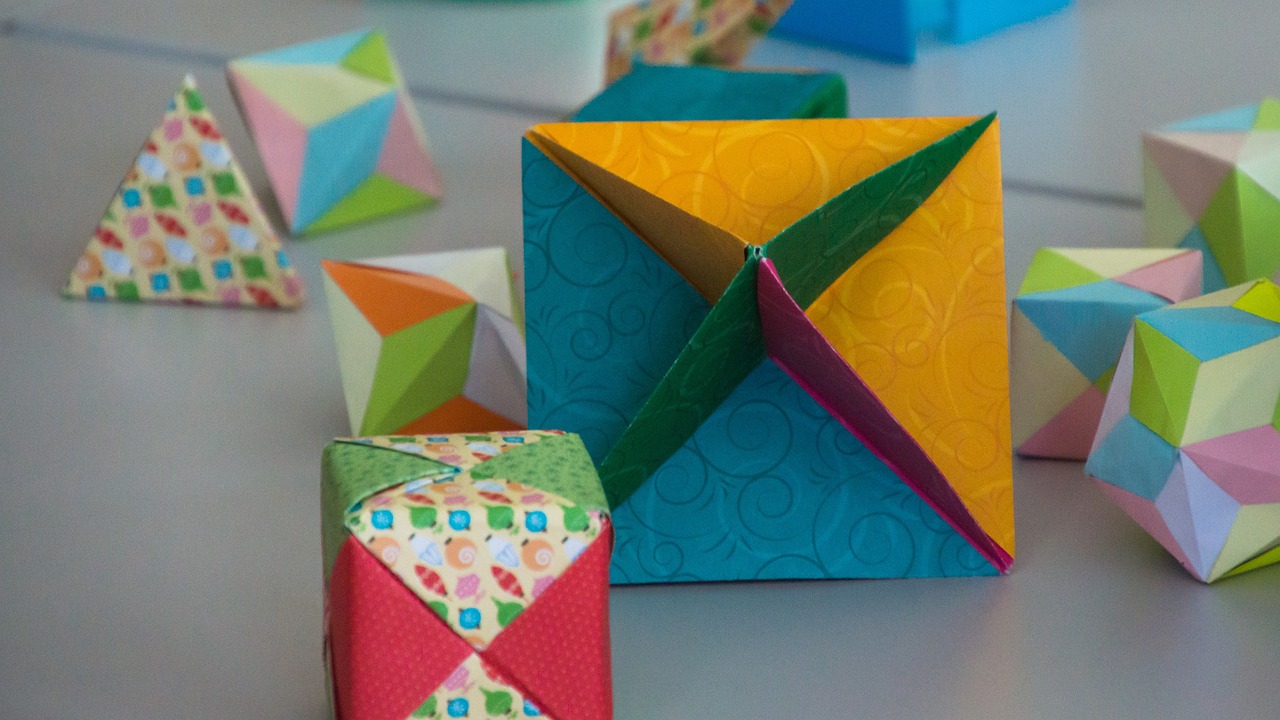
Encouraging Creativity and Expression
When it comes to papercraft and origami, encouraging kids to unleash their creativity is like giving them a blank canvas on which to paint their imagination. It's essential to create an environment where children feel free to explore their artistic instincts without the fear of making mistakes. After all, isn’t that what art is all about? The beauty of papercraft lies in its versatility, allowing children to express their thoughts and emotions in ways that words sometimes cannot.
One effective way to foster creativity is by introducing children to various themes and concepts. For instance, you might suggest that they create an entire scene, such as a magical forest or a bustling city, using different papercraft techniques. By framing the project around a theme, kids can think outside the box and incorporate elements that resonate with their personal experiences. This not only enhances their artistic expression but also helps them develop storytelling skills.
Additionally, providing a variety of materials can spark creativity. While traditional origami paper is fantastic, consider introducing materials like colored newspapers, wrapping paper, or even fabric scraps. Each material has its own texture and color palette, which can inspire unique creations. For example, using shiny wrapping paper can turn a simple origami crane into a dazzling centerpiece that catches the eye. Encourage kids to experiment with different textures and colors, as this can lead to unexpected and delightful results.
Moreover, it’s important to celebrate the process rather than just the final product. Encourage children to share their creations with family and friends, explaining what inspired them. This practice not only boosts their confidence but also teaches them the value of sharing and collaboration. You might even consider organizing a small exhibition at home where kids can showcase their work. This can be a fun way to build a sense of community and appreciation for each other's efforts.
To further enhance their creativity, consider integrating technology. There are numerous online platforms and apps where kids can find tutorials, share their projects, and even participate in challenges. This connection to a broader community can motivate them to try new techniques and styles. For instance, a child might see a stunning paper sculpture online and feel inspired to replicate it, adding their unique twist and flair.
In conclusion, encouraging creativity and expression in papercraft is all about providing a supportive environment, offering diverse materials, and celebrating the artistic journey. By allowing children the freedom to explore and express themselves, you not only help them develop their skills but also foster a lifelong love for art. Remember, the goal is not perfection but rather the joy of creation!
- What age is suitable for kids to start with papercraft? Most children can start simple papercraft projects as early as 4-5 years old, with supervision and guidance.
- Do I need special tools for papercraft? While basic scissors and glue are essential, having a variety of papers and some decorative items can enhance the experience.
- How can I make papercraft more engaging for my child? Incorporate themes, use different materials, and encourage storytelling to make projects more interesting.
- Is it okay for kids to make mistakes in their projects? Absolutely! Mistakes are part of the creative process and can lead to unexpected and beautiful outcomes.
Frequently Asked Questions
- What age is appropriate for kids to start learning papercraft and origami?
Kids can start learning papercraft and origami as early as 4 or 5 years old, depending on their fine motor skills and interest level. Simple projects, like folding paper into basic shapes, can be a great starting point. As they grow older, you can introduce more complex designs that challenge their creativity and dexterity.
- What materials do I need to get started with papercraft?
To kick off your papercraft journey, you'll need some essential materials. Basic supplies include a variety of paper types, scissors, glue, and markers or colored pencils for decoration. Don't forget to gather recycled materials like cardboard and old magazines, as they can inspire unique projects and are eco-friendly!
- Can papercraft help improve my child's skills?
Absolutely! Engaging in papercraft can significantly boost your child's fine motor skills, creativity, and problem-solving abilities. It encourages patience and focus, which are crucial for their overall development. Plus, it's a fun way for them to express themselves artistically!
- How can I encourage my child to be more creative with their papercraft projects?
Encouraging creativity can be as simple as providing a variety of materials and letting your child experiment. Ask open-ended questions like, “What would happen if you combined these two colors?” or “How can we make this design even cooler?” This approach fosters imagination and helps them develop a unique artistic style.
- Are there any specific techniques to teach kids effectively?
Yes! Using interactive learning techniques, such as group projects or hands-on demonstrations, can greatly enhance the learning experience. Kids often learn better when they collaborate with peers or see a project being made step-by-step. Make it fun, and they'll be more engaged!
- What types of paper are best for beginners?
For beginners, it's best to start with lightweight paper, such as printer paper or origami paper. These types are easy to fold and manipulate. As your child gains confidence, you can introduce specialty papers like textured cardstock or heavier papers that can add depth to their projects.
- How can I incorporate recycled materials into papercraft?
Incorporating recycled materials is a fantastic way to teach kids about sustainability and resourcefulness. Encourage them to use items like toilet paper rolls, old newspapers, or cardboard boxes. These everyday objects can be transformed into amazing art projects, sparking creativity while reducing waste!



















